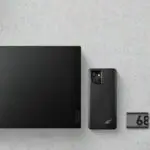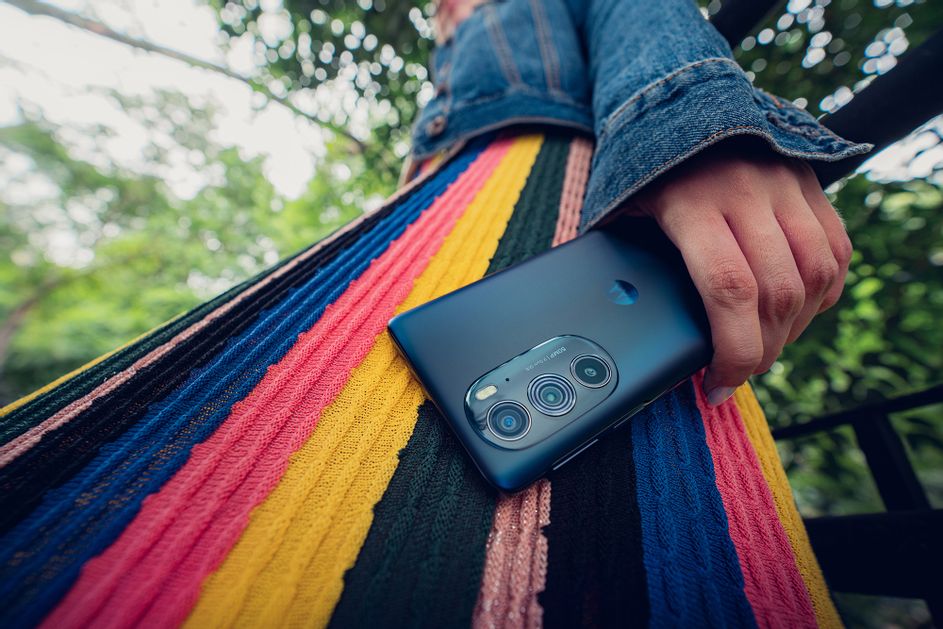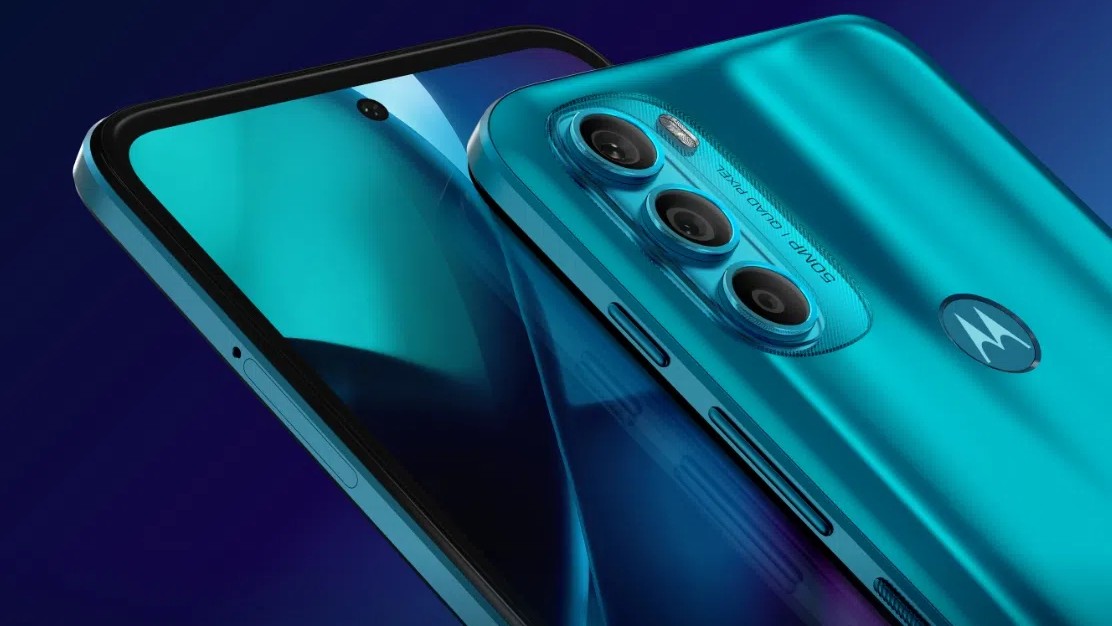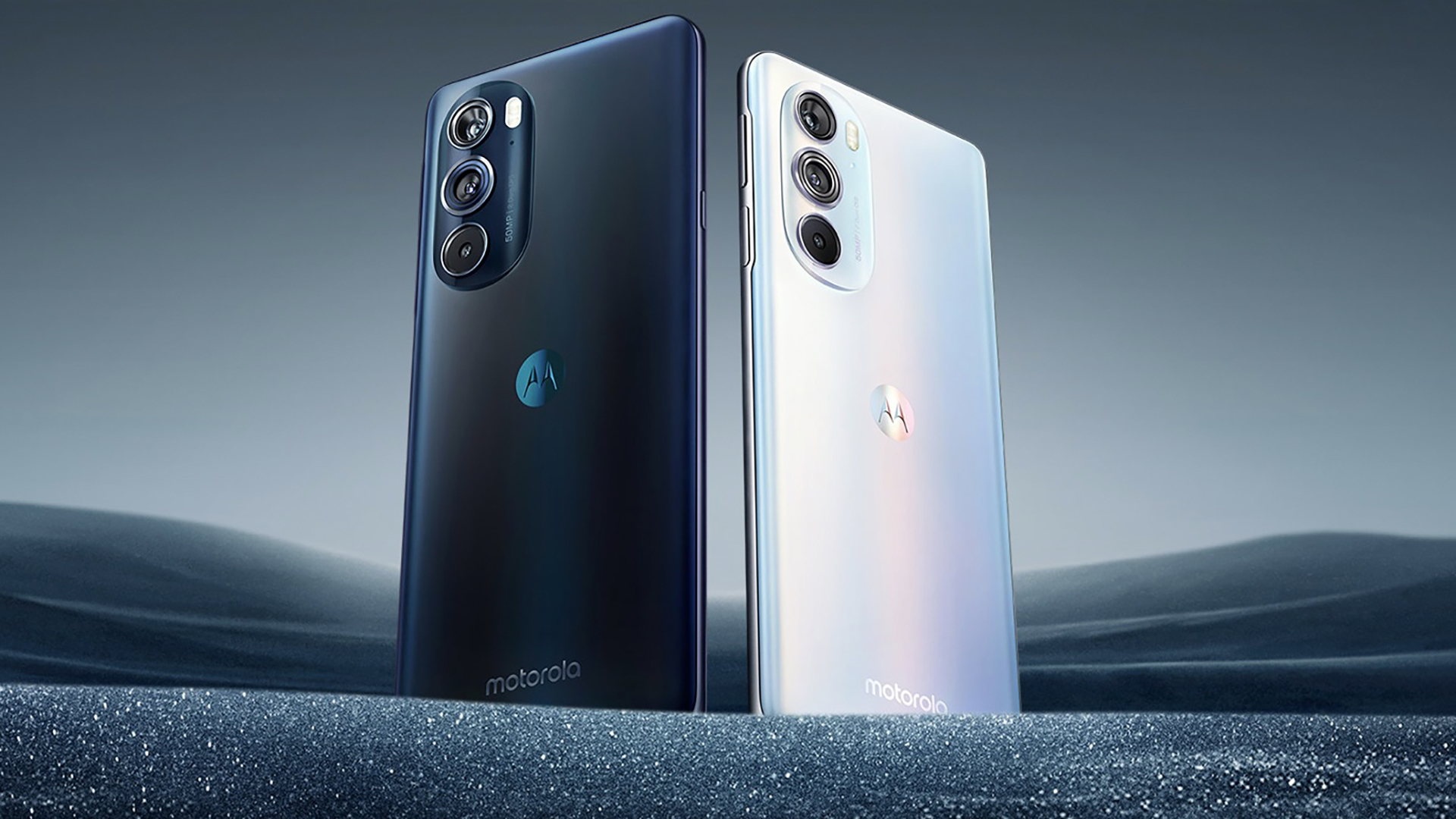
While it’s a bit too early to say Motorola is back, we should all take a few minutes to appreciate just how far they’ve come in the past few years. After creating the RAZR and then iterating on it over and over until the world got tired of flip phones, Motorola nearly went bust. But then a former Qualcomm executive took over, bet the farm on Android, split the company up, and sold the mobile division to Google.
Today’s Motorola is healthier than ever, which is amazing considering that they effectively sell only two smartphones. There’s the “not a high-end phone, but better than your ordinary mid-range” Moto X, and the super cheap Moto G. Now the Moto X shouldn’t even count because it’s on sale in just a small number of countries, but it’s attracted so much love from the tech media that I think it’s a sign of things to come for their 2014 portfolio.
And as for the Moto G, I’ve given it the nick name “Baby Nexus”. You might roll your eyes at the spec sheet, and I don’t blame you, but the reviews of the phone have been stellar. In fact, I sold my Samsung Galaxy Note II in order to buy a Moto G. Sadly it arrived to my flat with a busted screen, but within a week or two I should have a replacement and will be able to share some more constructive thoughts.
But enough about what’s here today, let’s take a look at what should happen tomorrow. Next year we’re going to see Samsung, Sony, HTC, and LG try to do what they do every year: Shove the best components available on the market into an ultra thin chassis that looks pretty, but is a pain in the ass to hold in your hand. Motorola will take the opposite approach and just tune the best specs that 2013 had to offer, then put in something that feels amazing to hold.
What exactly does that even mean? The next Moto X, let’s call it the X2, will most likely have a Snapdragon 600 chip and a 1080p screen. Again, you’re probably going to roll your eyes and chuckle at that, but Motorola showed even the most conservative people in the tech press that a year old dual core processor and a 720p screen could compete with the best that the industry had to offer.
Staying with the Moto X2, Motorola will likely price it at $650, which means they’re going to have to put something in there to make it worth that much. You can’t sell 2013 specs for 2014 prices, and that leads me to believe that the company will invest everything they’ve got into the camera.
We all know that the Nexus 5 camera was supposed to be best thing we’ve ever seen, but it turned out to be a monumental failure. Why? Because Google’s new camera stack wasn’t ready on time. So in much the same way that Motorola integrated custom chips with custom code in order to get Active Notifications and Motorola Assist on the Moto X, I have a gut feeling that the same thinking will go into the camera department for the X2.
Megapixels don’t matter, and using an awesome sensor doesn’t always mean you’ll get awesome photos. If Apple has shown us anything about smartphone photography, it’s that you need to have a bullet proof software stack in order to make things shine. Google won’t build that because they think the Nexus 5 is perfect. But Motorola will. They have no choice.
Next up is the Moto G. The successor, let’s call it the G2, should cost more than the first one. I’d say $250. For that price, it’ll have 4G LTE thanks to Qualcomm’s Snapdragon 410. It’ll have 16 GB of memory, at a minimum. And it’ll still have a 720p screen, but one of higher quality. There will also probably be a larger battery in there too.
So what do we have so far? A new Moto G, a new Moto X, what else does Motorola need to do? Do they need to make a tablet? Nope, Google’s doing just fine with the Nexus program. So then what?
Launched in late 2011, the MOTOACTV was far beyond its time. It was a fitness tracker that could be turned into a smart watch if you bought a plastic accessory. Under the hood there was even a 600 MHz processor running a custom version of Android 2.3 Gingerbread. While I’ve never owned one, and many of the reviews said it was horrible, Kevin Tofel from GigaOM swears by it. He says that the team at Motorola that developed that thing kept iterating the software, to the point where he believes thinks the more than two year old MOTOACTV is as competitive today as the Galaxy Gear and the Pebble.
And that’s what I think we’ll see in 2014, a new smart watch — not from Google, who is too busy wit that silly Glass project, self driving cars, and robotics — but from Motorola. It’ll look great, it’ll be customizable as heck, it’ll work with every Android device under the sun, and it’ll have a whole bunch of custom silicon in there that will let Motorola do things we can’t even imagine.
That’s it. I’m done. Three products. I’m tired of writing about whatever new stupid Galaxy Samsung announced this week. HTC creates a million Desire phones that never get sold outside of Taiwan. Sony has used up ever letter of the alphabet with their mid-rangers. Twice. Motorola needs to focus, and that means a tiny portfolio of devices that each take huge bets.
The Moto G2, X2, and a watch. It’ll happen.









